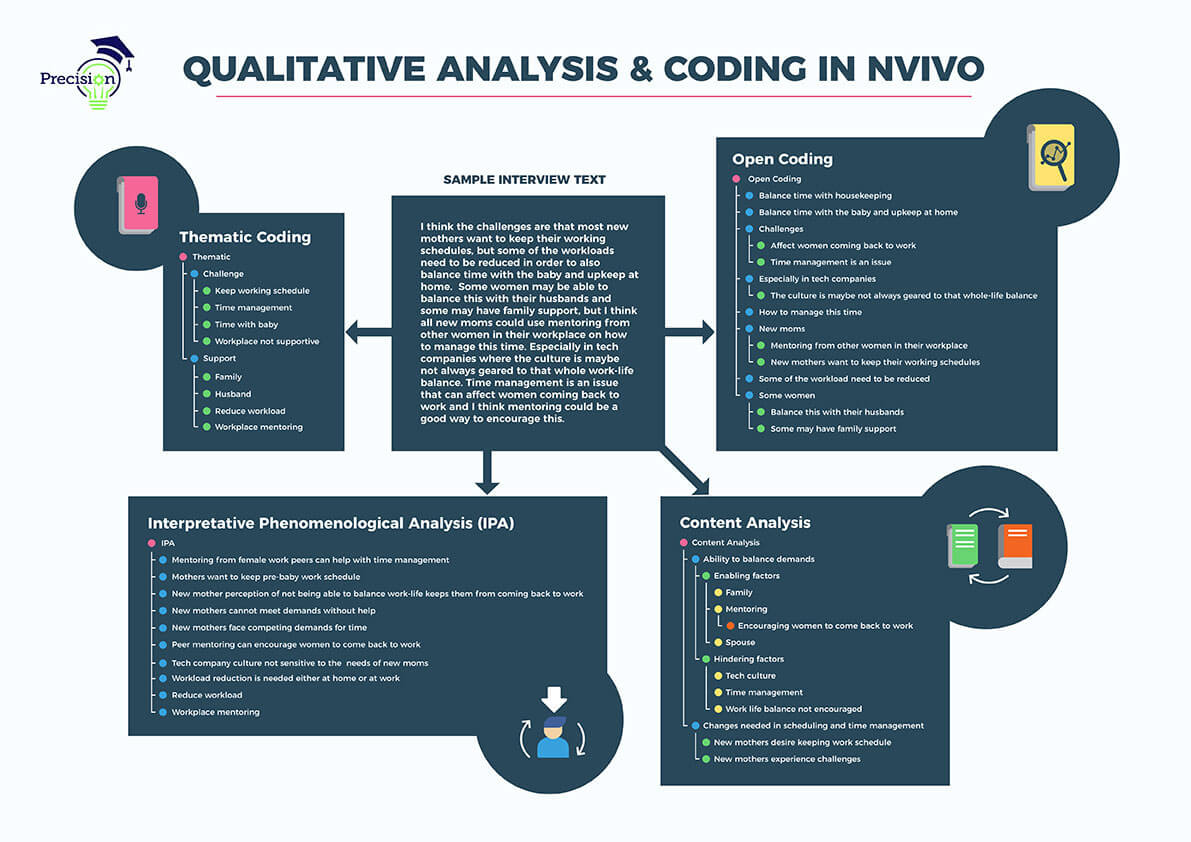

When you want to dig deep into the data at hand, it is advisable that you go with both qualitative and quantitative data analysis. Sometimes, quantitative analysis will be more than enough, and other times, only qualitative will do just fine. Best use cases include Google analytics & user interviews, social media & community engagement, marketing & surveys, and so on.īear in mind that your way of analysis completely depends on your requirements. To gain richer insights you can even pair these two methods in different domains. More often than not, quantitative and qualitative data can be collected from the same data unit as you can see below. Quantitative and qualitative data analysis when used together can help you generate deeper insights. The following are some of the scopes of qualitative data analysis:ĭifferences between qualitative and quantitative data analysis A veritable combination: qualitative and quantitative data analysis Unlike quantitative analysis, qualitative data analysis is subjective. This methods of analysis allows us to move beyond the quantitative traits of data and explore new avenues to make informed decisions. It involves the identification, examination, and elucidation of themes and patterns in data (mostly textual) to bolster the decision-making process. Qualitative data analysis is used when the data you are trying to process cannot be adjusted in rows and columns. Some of the scopes of quantitative data analysis include: Since one of the major functions of this process is to run algorithms on statistical data to obtain the outcome, the methods used in quantitative data analytics range from basic calculations like mean, median, and mode to more advanced deductions such as correlations and regressions.

As mentioned earlier, this process crunches numbers to get results. Quantitative data analysis is a more traditional form of analysis. It runs algorithms on statistical data to deduce objective truths. Quantitative data analysis deals with structured datasets that have numbers in them.Qualitative data analysis comes into play when the data you are trying to process has no bearing whatsoever with numbers, and cannot be tabulated - e.g.Qualitative and quantitative data each have their own ways of being processed. The purpose of this article is to provide elements for understanding multiple types of qualitative data analysis techniques available and the importance of. With so much data being created every day, it becomes imperative to go beyond the traditional methods to analyze this huge chunk of invaluable information. We broadly classify data into two forms - qualitative and quantitative. Moreover, the way you analyze it depends on the type of data you are working with.

The internet has enabled us to create large volumes of data at a staggering pace. In the last post, we talked about the ‘why’ of data analysis, this time we will delve into the ‘how’.


 0 kommentar(er)
0 kommentar(er)
